We usually think that the world of wine is reserved exclusively for specialists and experts who are dedicated to it, but through the guidelines that we offer you in the following article, any of us will be able to approach this world of sensations that wine offers us and that will be able to awaken all our senses.
Pre-tasting considerations
Before tasting a wine, it is important to bear in mind the following recommendations:
- Make sure that the space where the tasting is to take place is bright and well ventilated.
- Avoid wearing perfume or any other type of external odour.
- If several wines are to be tasted, it is best to do so in a different glass for each one whenever possible.
Key stages: visual, olfactory and gustatory
Tasting a wine step by step is going to be a real journey for our senses, a journey in which practically all of them are involved, although sight, smell and taste are the most important ones.
1. VISUAL PHASE (Drinking through the eyes)
We start by uncorking the bottle and pouring a little wine and then hold the glass by the base or stem so that the wine does not heat up. Tilt the glass preferably on a white background and try to form a 45° angle so that we can see through the liquid from above.
The purpose of this first phase, of this first approach, is to evaluate aspects such as clarity, intensity, colour and others such as tears, bubbles, etc. And, of course, to detect any imperfection or defect that the wine may have.
- – Sharpness: provides us with information about any defects that the wine may have, being able to find veiled, cloudy, shiny wines... The wine must be clean.
- – Intensityis marked by the amount of colour in the wine.
- – Colouris independent of the intensity and depending on the type of wine it covers different ranges and tones.
In white wines, we can find ranges such as brownish, yellowish, greenish wines... In rosé wines, tones ranging from raspberry pink, salmon pink, etc. In red wines, the most common tones are purple, cherry red, garnet, ruby or violet.
- TearsTears: I'm sure we have all identified that the term we are referring to are those droplets that remain on the surface of the glass. Well, these tears are linked to the alcohol concentration, to its alcohol content. If when we move the glass we observe that the 'tears' fall slowly, they are indicating that its density is high and therefore its alcohol content is higher.
- Effervescencerefers to the process of carbon dioxide release, to bubbles.
2. OLFATIVE PHASE (How we smell the wine)
Without shaking the glass, we bring it close to our nose to try to identify what are known as primary aromas, which are those aromas that come from the grapes, from nature, fruit, from the soil, etc.
After this first approach, we move the glass a little so that the wine comes into contact with oxygen and we can analyse the secondary aromas, those that are produced during the fermentation of the grapes or in the different winemaking processes.
Shake the glass again, this time with a little more energy, giving way to the tertiary aromas, also known as 'bouquet', which are perhaps the most difficult ones, as they develop during and after the wine's crianza and are usually floral, fruity, nutty, vegetal, oaky, etc. aromas.
Within this olfactory phase, if there are irregularities during the elaboration process or crianza we will be able to detect defective smells such as 'vinegary' or 'rotten' smells.
3. TASTE PHASE (How we taste the wine)
The wine finally reaches the mouth and for this we must sip a little and then we try to pass it from one side to the other so that it reaches all the parts and thus perceive all the flavours through the tongue (sweet, sour and bitter), as there is no such thing as salty in the case of wine. The wine that achieves a perfect balance between these flavours is going to be a wine round.
We then proceed to analyse aspects such as texture and astringency, in which the sense of touch is also involved.
Once we swallow or spit out the wine, we expel the air through the nose. This set of sensations that remain in the mouth, and the time they last, will be different in each person who carries out the tasting. This is what is known as retronasal phase.
As a general rule, in a wine of basic quality, these pleasant flavours usually disappear in a few seconds, so we would say that its finish is short, while on the other hand, in a wine of high quality, these flavours can remain for more than a minute, so we would be dealing with a wine with a long finish.
Special attention should be paid to
When we finish with these three fundamental phases for tasting a wine, it is worth mentioning other aspects that will help us in the final evaluation of the wine, in its quality, in whether or not it is ready for consumption.
Among these aspects we highlight its originThe wine, its location, the grape variety or varieties, the price (economic, medium, high, superior), the quality (poor, acceptable, good, very good).
We hope that through this small guide you will be eager to embark on the journey of sensations that wine can offer you.






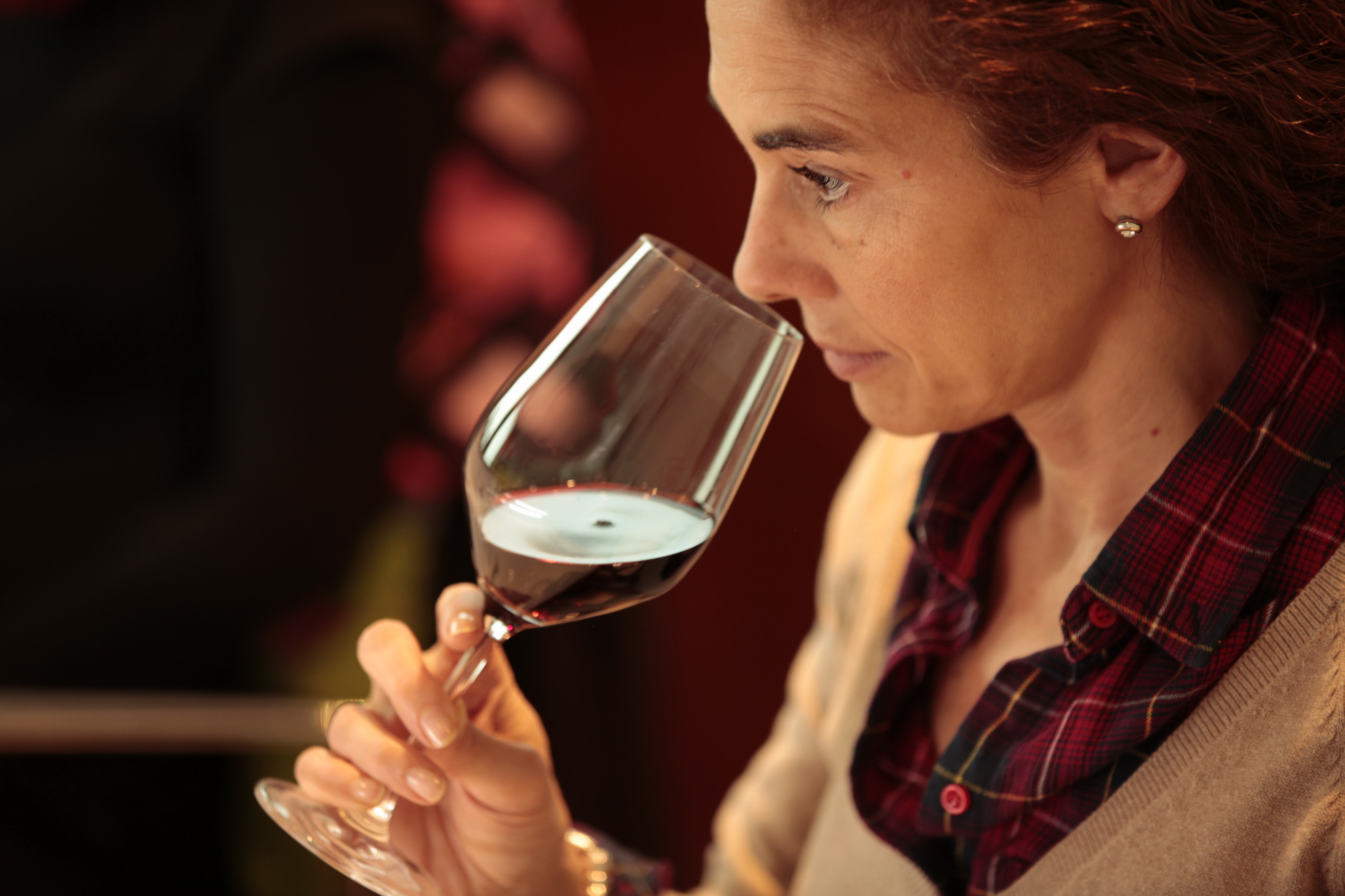

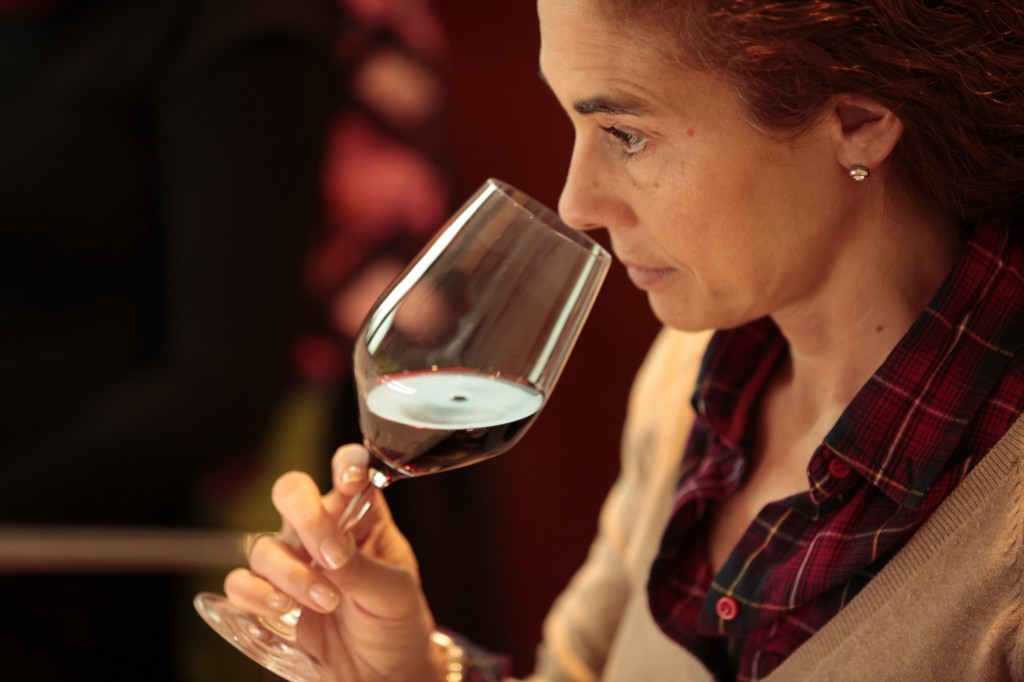
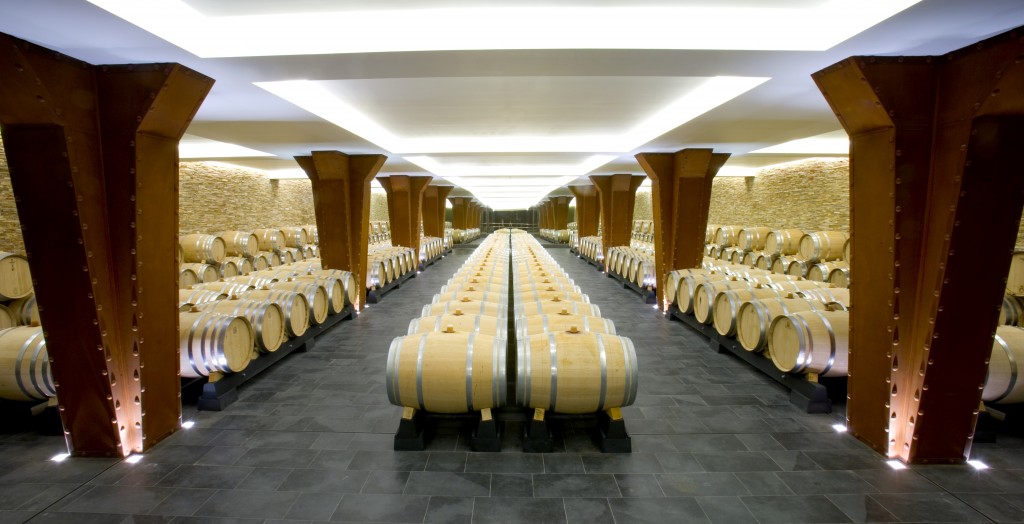

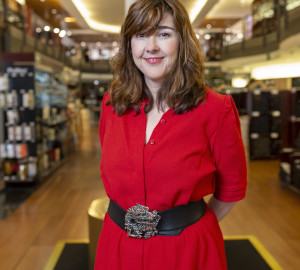
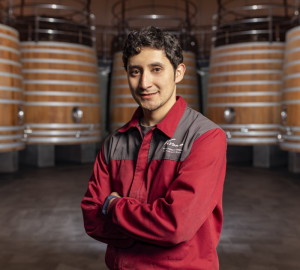







Your post is very interesting! You explain very well the different phases of wine tasting, in a simple way, so that anyone who reads your wine tasting post can get an idea of how to taste a wine!
Last weekend I celebrated my birthday with one of your wines, the Vivanco Crianza , I had not had the chance to try it until this weekend and I loved it!
Greetings and toast from Cariñena
Sara
I want to learn how to choose a wine for different occasions.
This is a very good guide to start laying the foundations of wine tasting. When you already know the basic pillars (colour ranges, identification of the notes that appear in the wine, etc.) it is a little brief as it does not show a wide range of aromas or colours that can be identified in a wine. But it brings the possibility of tasting a wine closer to amateur levels.